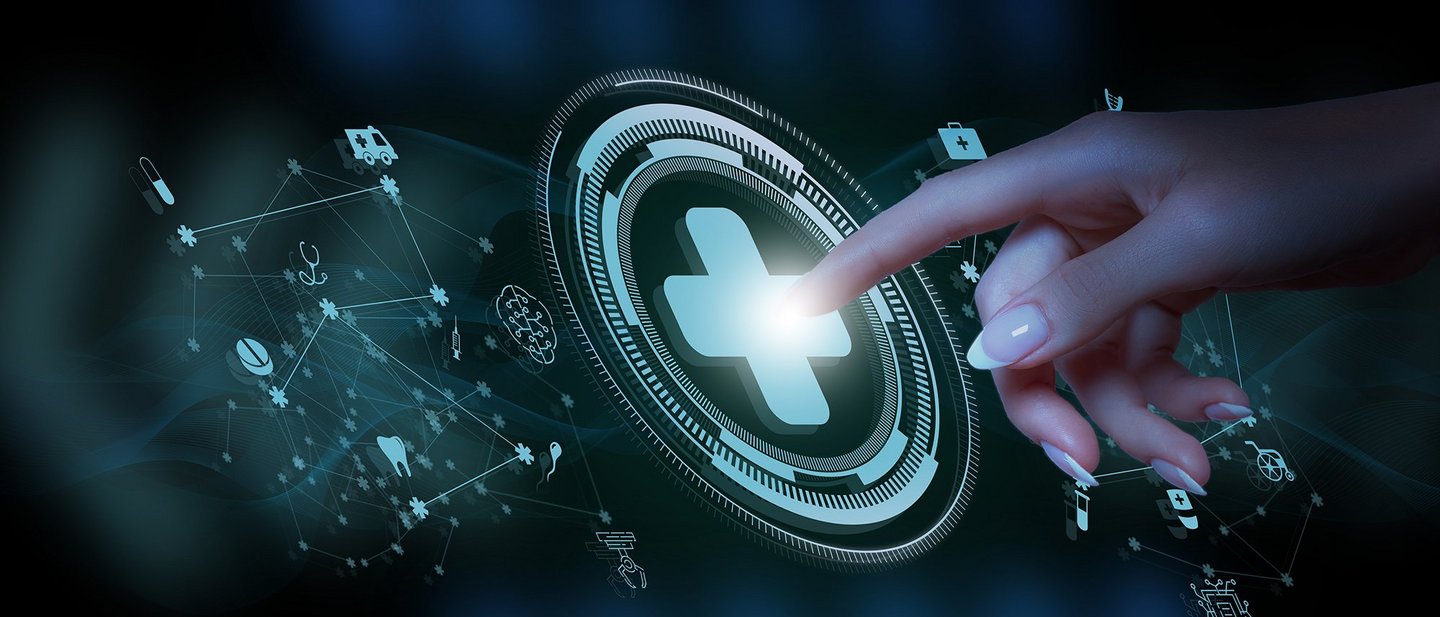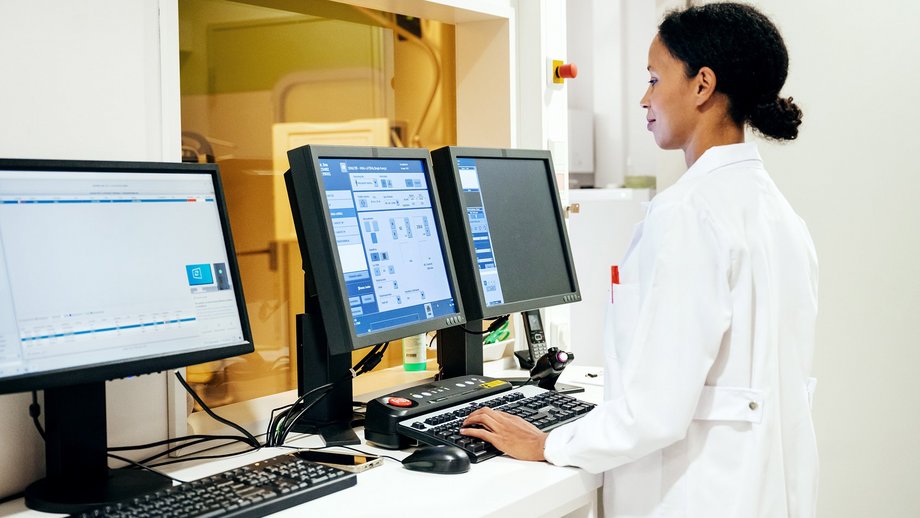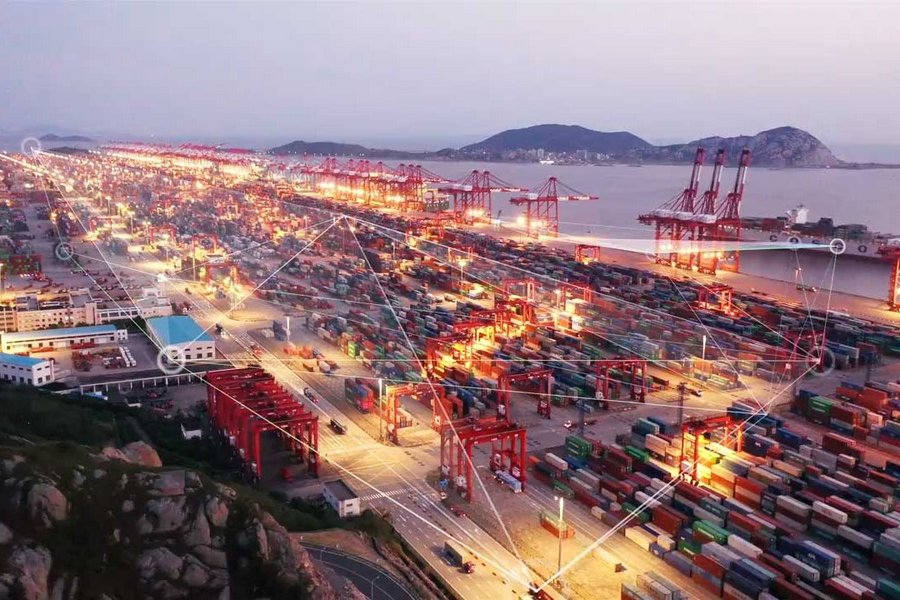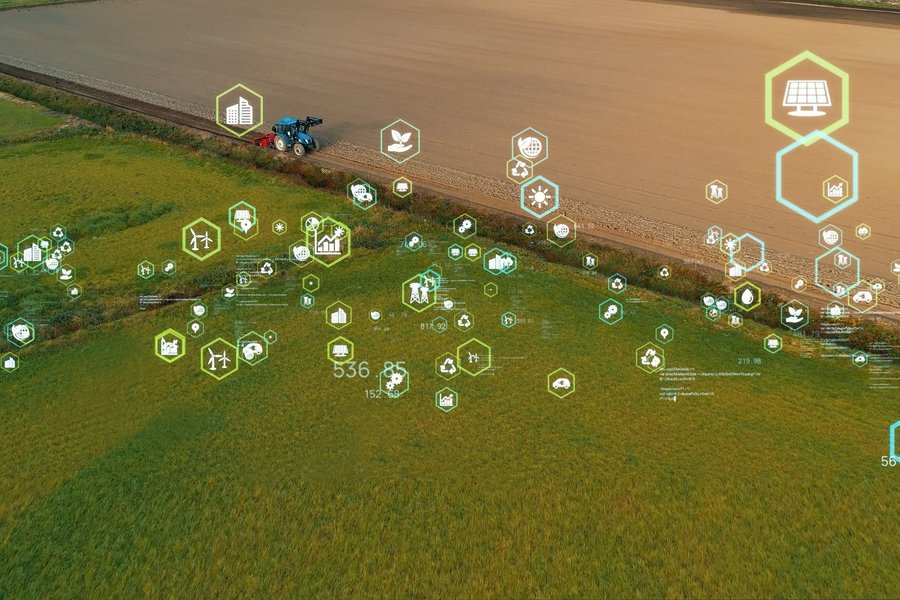Imagine a scenario where a hospital cannot admit emergency patients for almost two weeks because it has been compromised by a cyberattack. The problem is, you don’t have to imagine this; it actually happened in 2021.
The German Federal Office for Information Security (BSI) recently identified around 144 million new malware variants – up 22% on the previous year. Ransomware attacks have trended sharply upwards. These are attacks where data is encrypted (rendering it useless) or threatened with release, unless the attackers are paid off. The hospital attack mentioned above is an example. As we have seen, the consequences were truly damaging.
Dr. Marius Feldmann, COO of Cloud&Heat Technologies GmbH and CEO of secustack GmbH, is clear: “IT security is not simply a state that you achieve. It’s a permanent process that involves a permanent build-up of competence – and the corresponding protagonists who want to do exactly the same thing on-site.” Companies and operators cannot see cybersecurity as a one-off investment. To see it as an ongoing process helps mitigate damage, and also helps prevent further manipulations and attacks.




